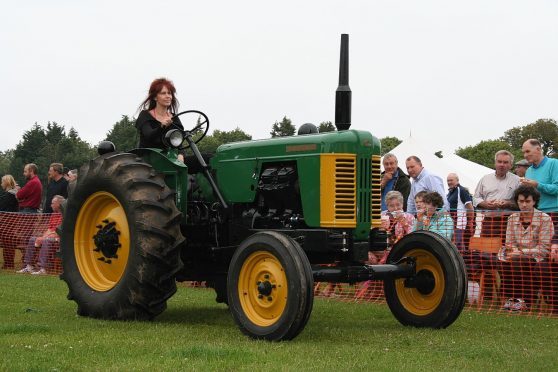Once dubbed the workshop of the world, Britain still has a fine record of engineering and one such concern has more than once been involved in tractors.
Founded in 1859 by locksmith Thomas Turner the company was based at Wolverhampton in the West Midlands in the heart of the Industrial Revolution and manufactured gears and tools.
In 1901 when the Dumbell family were in control, the Turner Manufacturing Co moved into a new market with a series of cars. Other products included bicycles and railway equipment. The Great War saw it concentrate on machine tools vital for the war effort and the inter-war years saw fairground equipment and vehicle components produced.
War work returned by 1939 when aircraft landing gear, including those used on the famous Spitfire, were manufactured alongside a large number of winches for aircraft recovery. However the company sought to have new products ready for peace time when lucrative contracts would end.
Diesel was becoming the fuel of the future because of longer engine life and economic running costs, so in 1947 it launched its new range of Vee engines.
Built at its Wulfruna factory in single, twin or four cylinder formats they were designed for ease of servicing and the commonality of parts. The engines were intended for industrial and marine use but by 1949 Turner had designed its own tractor for its V4 engine, the first British concern to offer a multi-cylinder diesel tractor.
However sales were poor because of reliability issues and the high price, and production ended in the mid-1950s with the last of the stock cleared in 1957.
Today the Turner Yeoman of England tractor, in its striking two-tone green and yellow finish, is still a real head-turner.
This did not end Turners’ involvement tractors, though, as the company was involved in the manufacture of transmission systems for both Leyland and International in the 1970s and produced aircraft towing tractors for civil airports.
Today the company trades as Turner Powertrain Systems and supplies transmission components for handlers, self-propelled sprayers and forestry equipment and is owned by another well-known name in tractor history Caterpillar.
